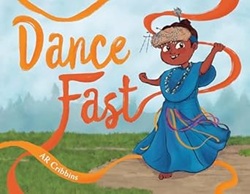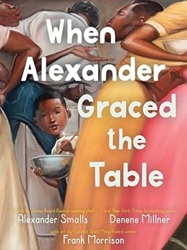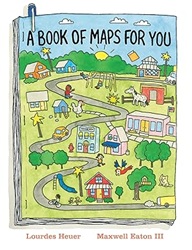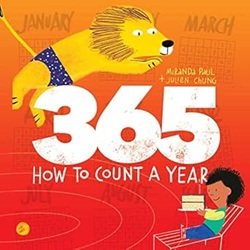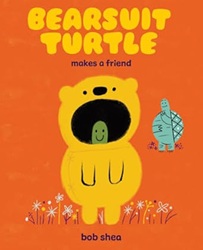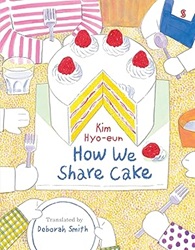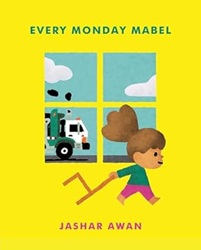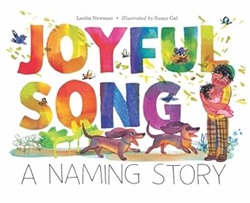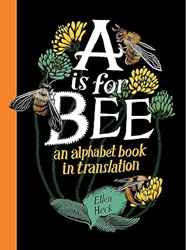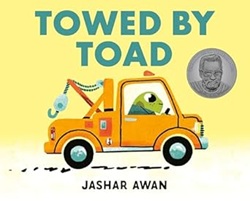Review of Dance Fast, by A. R. Cribbins
by AR Cribbins
Little, Brown and Company, 2024. 36 pages.
Review written June 9, 2025, from a library book.
This picture book has a lovely message about perfectionist that will speak to kids and adults alike.
A little girl named Bizzy tells the story. She wants to dance at this year’s ceremony and wants her own regalia. But her mother’s old dance dress is too big, so she plans to make her own regalia with her mom and grandma. She wants it to be perfect.
Bizzy has sewn pillows before. She’s confident in her skills. But then things go wrong, and she’s convinced her dress is ruined.
After some more trials and tribulations, her grandma shows her own dance regalia and explains:
Grandma says it’s the Pomo way to leave one little flaw in everything you make.
“And then we dance fast so no one sees where that part is!”
The book ends with Bizzy happily dancing, in a beautiful dress complete with flaws.
I love a book that speaks to children in a natural way about beauty in mistakes.
Find this review on Sonderbooks at: www.sonderbooks.com/Picture_Books/dance_fast.html
Disclosure: I am an Amazon Affiliate, and will earn a small percentage if you order a book on Amazon after clicking through from my site.
Disclaimer: I am a professional librarian, but the views expressed are solely my own, and in no way represent the official views of my employer or of any committee or group of which I am part.
What did you think of this book?
